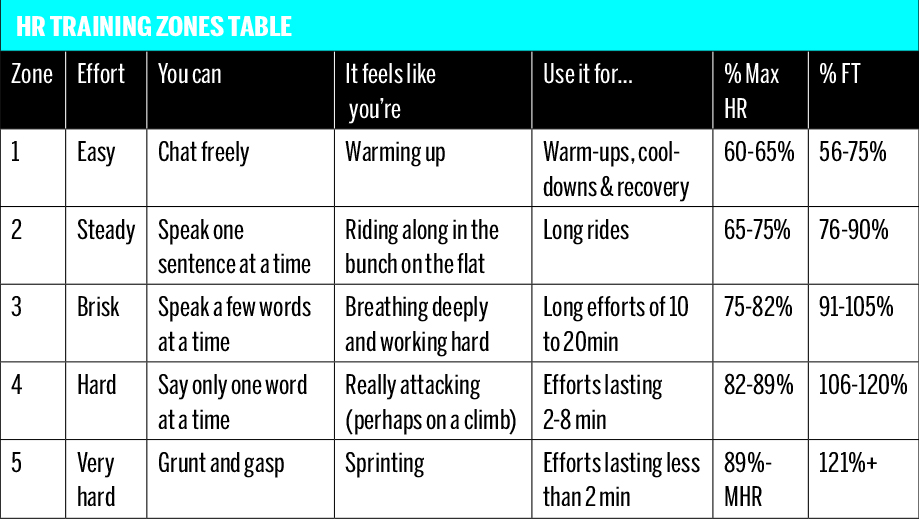Is heart rate training still relevant in the age of the power meter?
With power meters gaining in popularity, is there still a benefit to training to heart rate?

You might assume that the inexorable rise of the power meter, in pro and amateur ranks alike, has rendered redundant the humble heart-rate monitor. To what extent is heart rate (HR) still an important training metric?
>>> Power meters – Everything you need to know
Professor Louis Passfield believes there remains a place for heart-rate monitors, since they are cost-effective and provide a far smarter means of monitoring intensity than relying on perceived effort.
“A heart-rate monitor is not going to cost any more than a bike computer but will give more information that can be potentially very useful,” he says.
>>> Heart rate monitors: best models and what to look for
It is important to recognise, cautions Passfield, that heart rate as a training metric is not as easy to interpret as is power:
“A power meter is like a speedometer in a car telling us how fast we are going, whereas a heart-rate monitor is more akin to a rev counter telling us how hard we are working.”
The latest race content, interviews, features, reviews and expert buying guides, direct to your inbox!
>>> Cycling training plans: get fitter, ride faster and go further
There is an upside to this difference too. If you’re fatigued and having an ‘off’ day, your heart may be less willing to ‘rev’ freely, which is useful to know — far better to make allowances than to flog yourself to hit a predetermined level of power.
Getting the most out of your heart-rate monitor for training requires controlling your riding intensity to keep within preset HR zones for given periods of time.

“Prescribing bands of heart rate for different sessions is a great way to control the intensity and maintain consistent training, as well as being able to adjust to changes in weather and terrain,” says Passfield.
Before establishing these heart-rate zones, you need to determine your personal maximum heart rate.
Watch now: What are training zones?
Dr Len Parker Simpson, physiologist at British Cycling, outlines the protocol he uses:
“We ask our riders to go as fast as they can for a fixed duration of time, around five to six minutes. There is always a lag; you may do a 30-second maximum effort and your heart rate won’t peak until five to 15 seconds afterwards.”
This lack of instant feedback is one of the downsides of using heart rate in training, especially when compared to the immediacy of power data.
To find your genuine maximum: “You really need to maintain an effort that is longer than two to three minutes but not so long that you need to pace it,” says Parker Simpson.
“Pushing towards five or six minutes allows the heart to get up to speed and means the muscles are still driving to empty the tank.”
Do
- Expect your heart rate to fluctuate as you fatigue. As glycogen stores become depleted and core temperature rises, the body compensates for a decrease in muscle efficiency, causing heart rate to drift higher.
- Use a heart-rate monitor and power meter if you can. You will learn much about your fitness from assessing the interrelationship between heart rate and power.
Don’t
- Assume too much from your resting heart rate — it can vary for many different reasons.
- Expect your heart rate to remain consistent across all conditions; in warmer conditions or at altitude, your heart is likely to beat faster for a given level of effort.
- Follow the old and outdated formula of ‘220bpm minus age’ to calculate maximum heart rate. This method can be inaccurate by as much as 20bpm.
Paul Knott is a fitness and features writer, who has also presented Cycling Weekly videos as well as contributing to the print magazine as well as online articles. In 2020 he published his first book, The Official Tour de France Road Cycling Training Guide (Welbeck), a guide designed to help readers improve their cycling performance via cherrypicking from the strategies adopted by the pros.